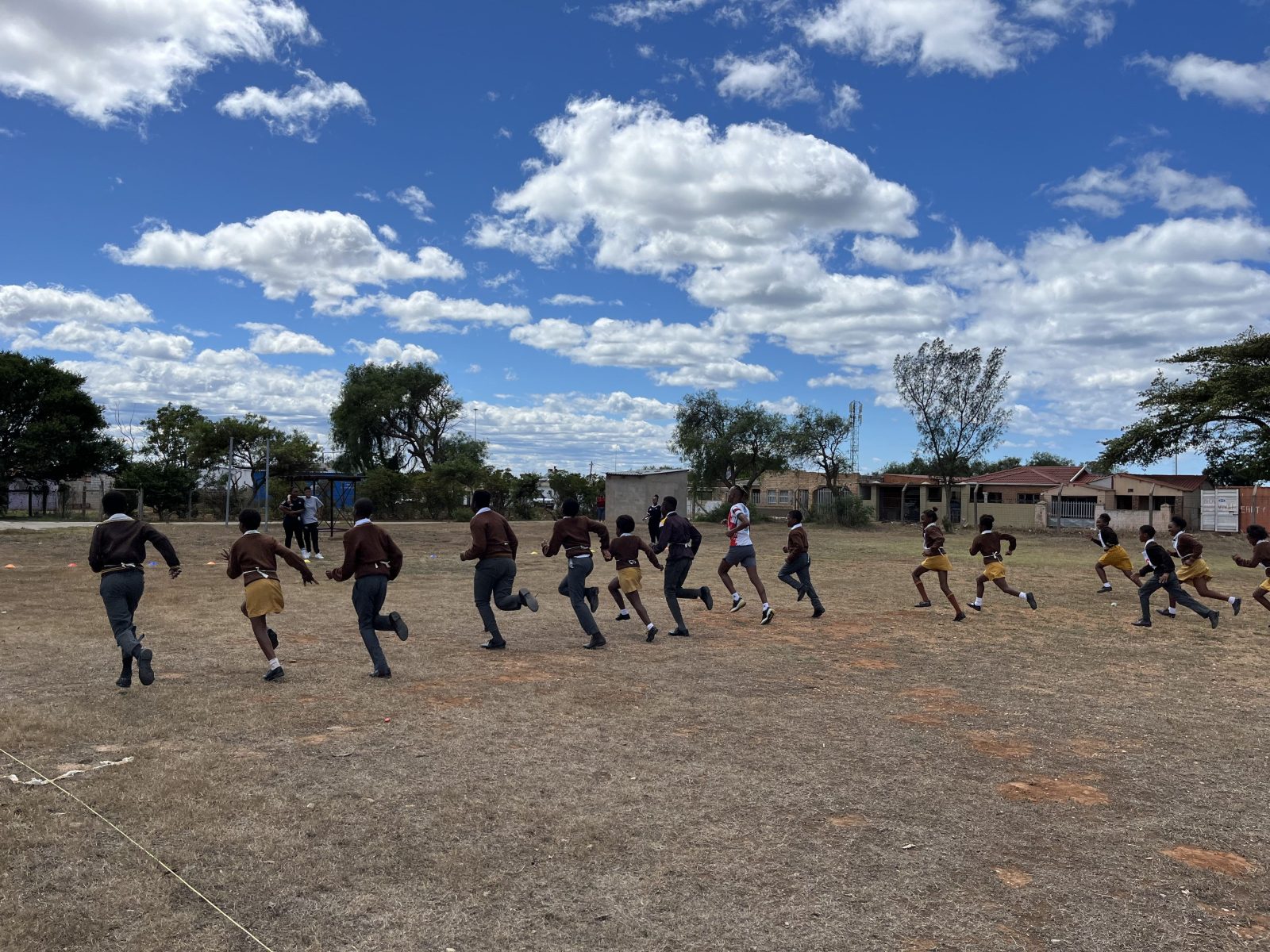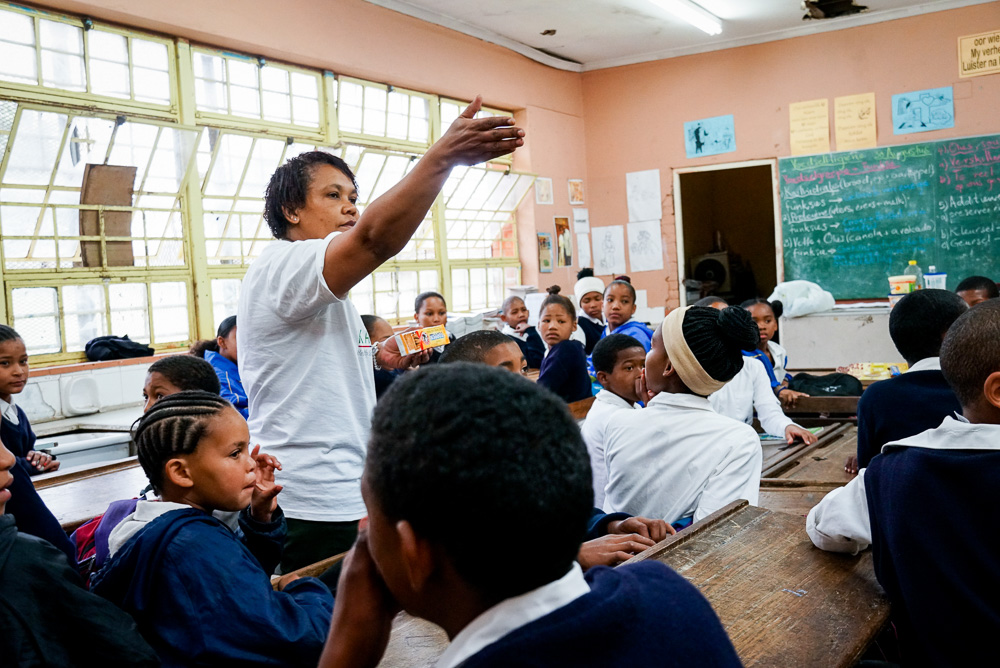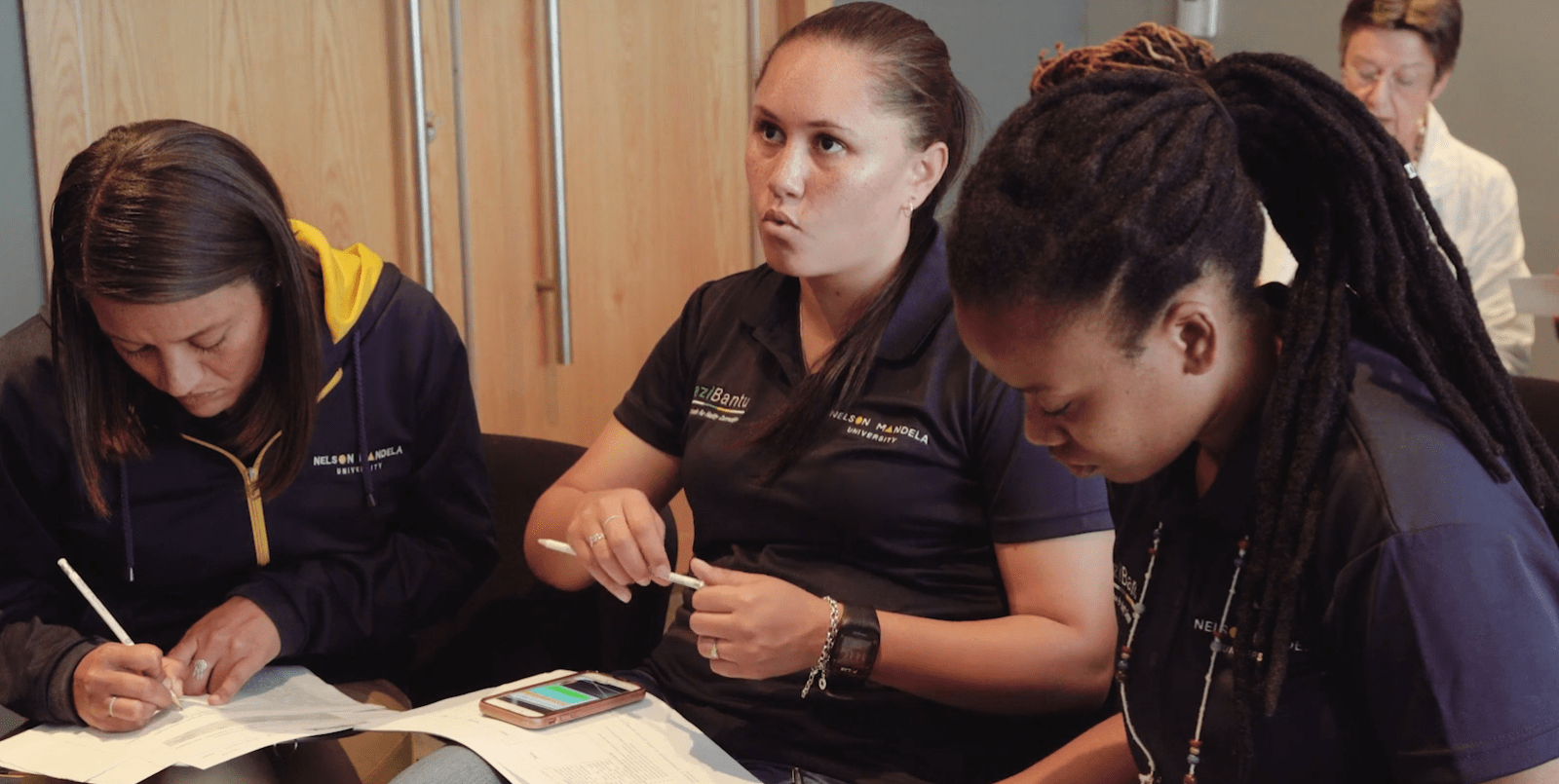Danielle Dolley and Patricia Arnaiz win a “Best Abstract Presenter” award at the 1st Southern African Hypertension Society Next Generation Research Webinar.
On 11th November 2021 KaziBantu team members Danielle Dolley and Patricia Arnaiz presented the first results from the KaziBantu study on the prevalence of hypertension among children from disadvantaged communities in Gqeberha (ZA) during the first Southern African Hypertension Society (SAHS) Next Generation Spring School Research Webinar.
The novelty of the results falls upon the little evidence on the prevalence of hypertension among children in Sub-Saharan Africa and the variability of results in the literature, partially due to the different approaches that exist for the collection and the analysis of blood pressure data.
For the estimation of hypertension prevalence rates in the paediatric population, currently, normative tables derived from a population of nearly 50,000 American children are accepted as the international gold standard. Our results aim to assess whether applying the American standard would yield similar results than using norms derived from a population of South African children.
Therefore, using blood pressure data from nearly 900 8-13-year-old children participating in the KaziBantu study, we developed normative blood pressure tables from our study population, after removing overweight children. Subsequently, all children were categorized into as normotensive (<90th percentile), pre-hypertensive (90th ≤ to <95th percentile) and hypertensive (stage 1: 95≤ to <95+12 mm Hg and stage 2: >95+12 mm Hg).
When we compared the percentiles values of both reference tables, we found that KaziBantu values were higher than the Americans. Consequently, after applying both normative tables to our own study population and categorizing the data, more children were identified as pre- or hypertensive with the American reference than with the reference used in KaziBantu, especially for systolic blood pressure, where the prevalence was three times higher (297 [31.5%] versus 112 [11.9%]), and almost double for diastolic blood pressure (167 [17.7%] versus 102 [10.8%], respectively).
Further research is needed to know which method is appropriate, accurate and fair to determine hypertension prevalence of children from other contexts than the one the normative tables were developed from.



